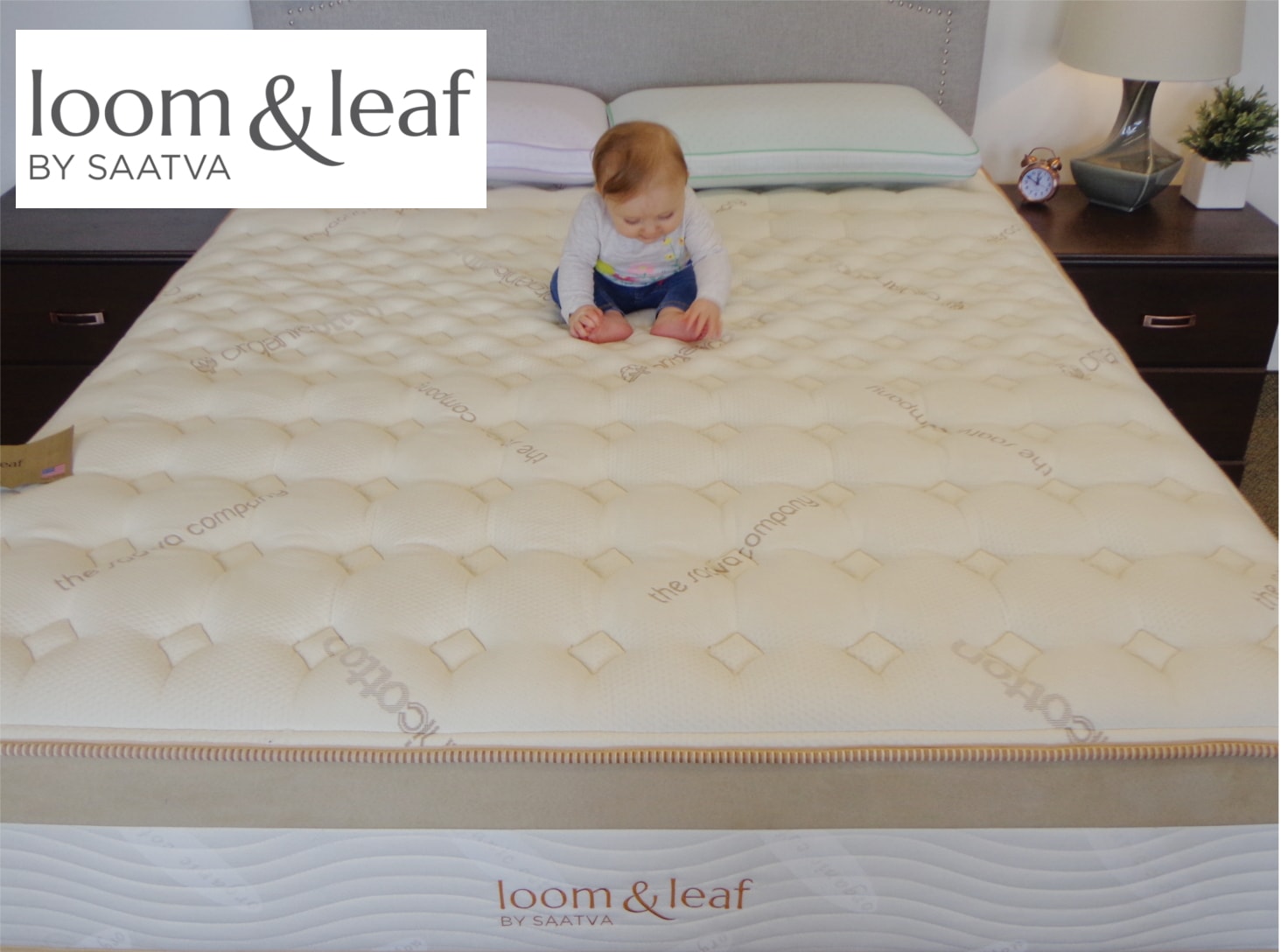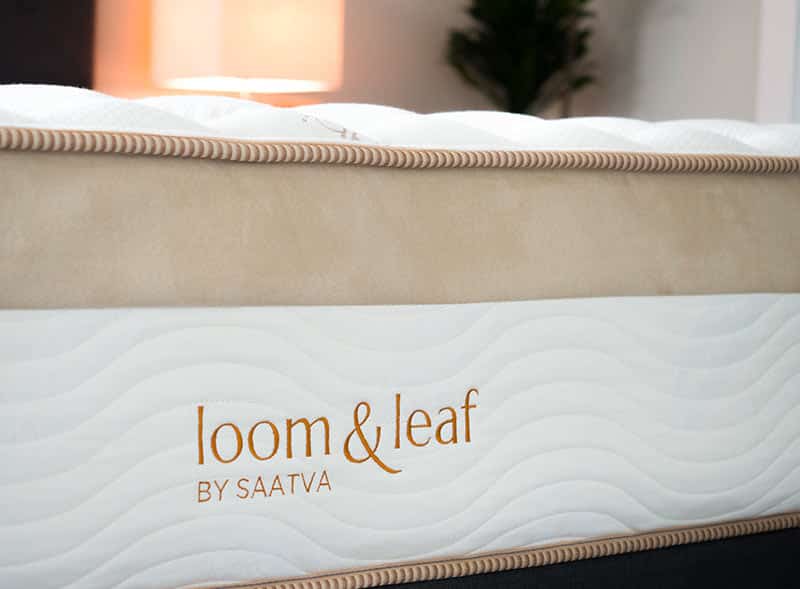

Repeating these actions forms a fabric mesh but without beating-up, the final distance between the adjacent wefts would be irregular and far too large. Then, the upper group is lowered by the loom mechanism, and the lower group is raised (shedding), allowing the shuttle to pass in the opposite direction, also in a straight motion. The warp is divided into two overlapping groups, or lines (most often adjacent threads belonging to the opposite group) that run in two planes, one above another, so the shuttle can be passed between them in a straight motion.

The warp threads are held taut and in parallel to each other, typically in a loom. ) One warp thread is called an end and one weft thread is called a pick. ( Weft is an Old English word meaning "that which is woven" compare leave and left. In general, weaving involves using a loom to interlace two sets of threads at right angles to each other: the warp which runs longitudinally and the weft (older woof) that crosses it. Woven cloth can be plain or classic (in one colour or a simple pattern), or can be woven in decorative or artistic design.Ī Bangladesh Ansar officer weaving on duty. Fancy weaves like pile, Jacquard, dobby, and leno require more complex looms or special loom attachments to be constructed.

The majority of woven products are created with one of three basic weaves: plain weave, satin weave, or twill weave. The way the warp and filling threads interlace with each other is called the weave.

A fabric band that meets this definition of cloth (warp threads with a weft thread winding between) can also be made using other methods, including tablet weaving, back strap loom, or other techniques that can be done without looms. Ĭloth is usually woven on a loom, a device that holds the warp threads in place while filling threads are woven through them. The method in which these threads are interwoven affects the characteristics of the cloth. The longitudinal threads are called the warp and the lateral threads are the weft, woof, or filling. Other methods are knitting, crocheting, felting, and braiding or plaiting. Weaving is a method of textile production in which two distinct sets of yarns or threads are interlaced at right angles to form a fabric or cloth.


 0 kommentar(er)
0 kommentar(er)
